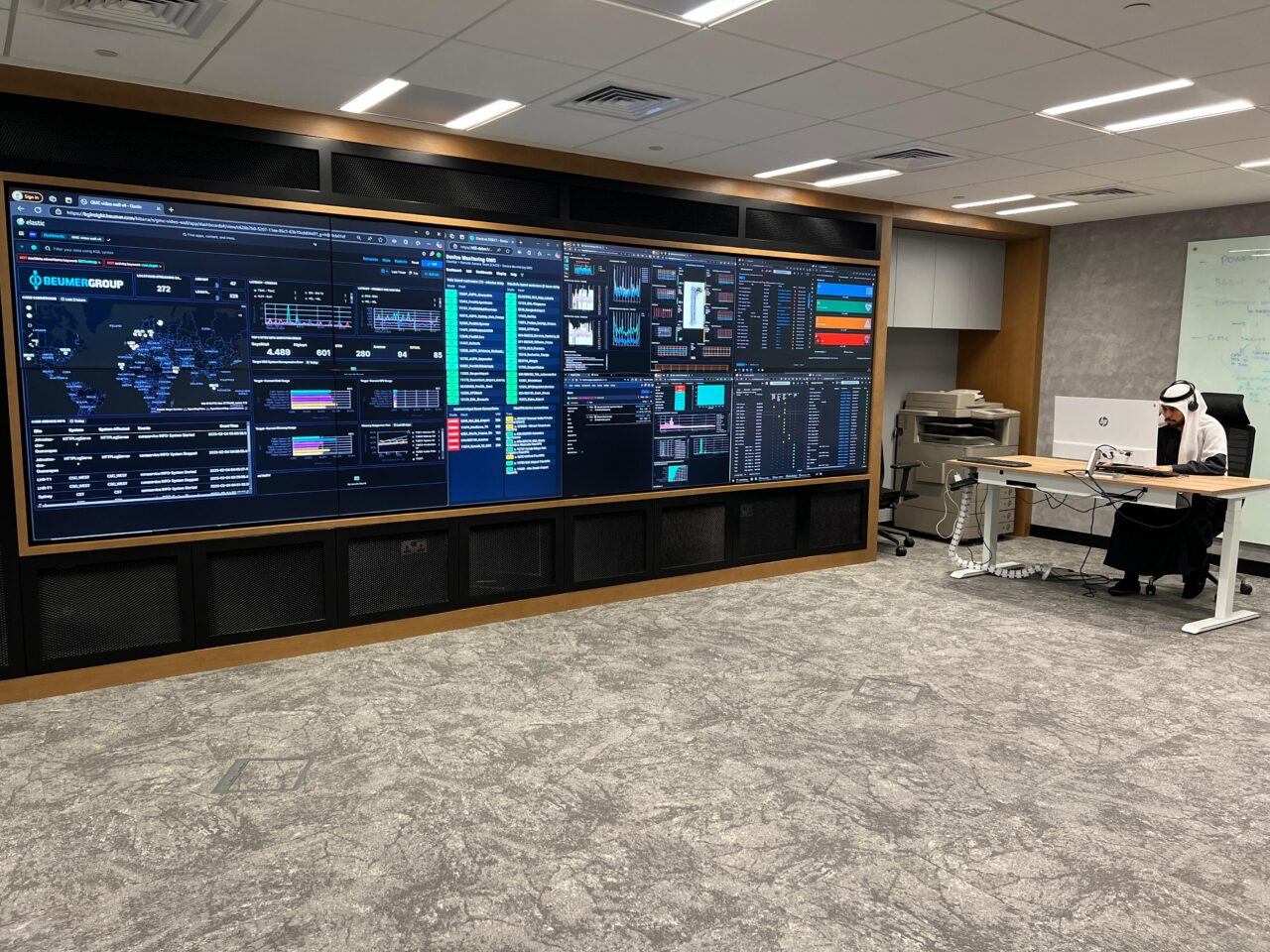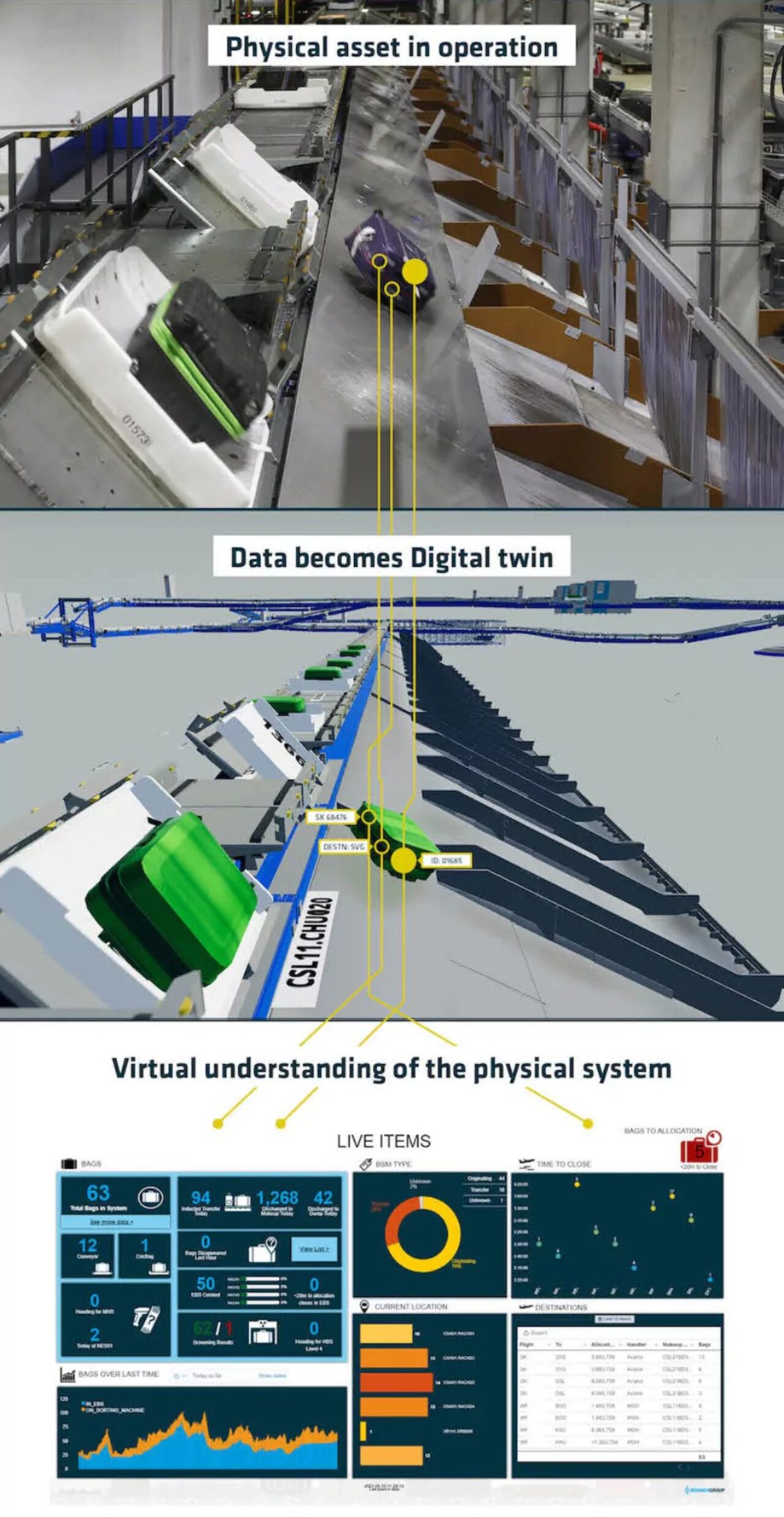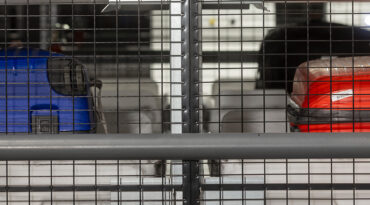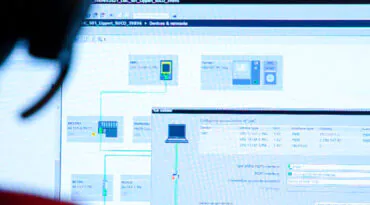Prevention and cybersecurity management
Nowadays, preventive services are required to ensure a stable system execution platform. Many legislative demands require preventive and protective actions, like identifying and addressing known potential cyber-risks. The ultimate goal is to achieve a stronger system readiness and to be as prepared as possible with a balanced investment/risk approach.
A good systems provider has experts in place to monitor the risk level of the system platform and to take the required preventive actions. The experts should access the system through a process that is well-documented at every step and meets the highest standards of security management.
Today, the ISO 27001 certification is considered to be the gold standard for information security management and the least to expect from a systems provider managing access to the system. It is also the airport operator’s guarantee that access to their BHS and controls complies with globally recognised best practices. A system supplier can only achieve such certification by passing an audit that is externally approved cybersecurity specialists, and the certification must be renewed within a pre-determined timeframe.
Cybersecurity is an increasingly important aspect of ‘Prevention’. Security management in cybersecurity should, as a minimum, include antivirus management, inspection management, and patch and vulnerability management. Again, the service provider must have proven processes for testing any possible impact on a site, including evaluating whether an update is required for a specific site.
There are many reasons to prioritise sourcing security management from the systems provider: Airport operators will get operational continuity and reliability, as well as assurance that the entire organisation is in compliance with regulations. A good and certified set-up also minimises loss due to potential cyberattacks and protects the airport operator’s reputation as a reliable site owner and business partner.
With all of the above covered, it leaves only one risk: unusual circumstances.
Ensure
Everyone wants to feel secure with the right bulwark against worst-case scenarios – this includes having a hotline structure in place to make sure that any breakdowns, hardware issues or software bugs will be fixed as quickly and efficiently as possible.
The best hotline services are centred around a proactive 24/7/365-available staff, who are all system specialists with the right combination of seniority and skills.
Every airport operator would agree that in the case of an actual system emergency, there is no time for sitting in an endless phone queue in a digital phone system and asking to be put through to the actual specialists. In the case of such an incident, the airport operator must have immediate and direct access to the specialists.
Specialist support
An important aspect of today’s modern hotline services is specialist support. BHS owners should always be supported directly by a specialist who understands their particular system and is able to fix software bugs remotely. Such a specialist will offer fast and tailored assistance to get the operations up and running again in the minimum amount of time.
Real hotline experts not only work on resolving incidents, they also provide a root cause analysis afterwards, which helps the system owner make informed, data-driven decisions to make improvements to the system. If an incident occurs and it is software-related, hotline services will cover software bug fixes with no discussions of payment before an issue can be fixed.
Change management
In addition, it is advised to choose a system supplier that offers efficient change management in the case of incidents.
As an example, there should be proven change management procedures for software updates, so the system owner is in control of risk management and fall-back procedures being in place.
Takeaway: Data-driven services are an all-round game-changer
Airports that successfully embrace the full potential of modern data-driven BHS services will reap tremendous performance benefits.
A data-based, diagnostic approach to service can improve almost every aspect of the airport operation:
- Improve real-time performance and availability
- Prevent operational and cyber security issues and breakdowns
- Ensure the most efficient and fastest solution in case of any unforeseen emergency
Airports have always done everything in their power to increase availability. Given the current level of competition in the industry, this focus has been sharpened even more. The last thing an airport wants is to appear in the news for having left behind baggage due to a BHS outage.
Data-driven, diagnostic services change the entire narrative. Predictive and condition-based service is now an option. Planned downtime can be almost entirely avoided. Full, real-time transparency into how the system is performing and how performance can be optimised is available. The sum of all those parts is that the perfectly run airport baggage operation is now within reach.
The key is data, but in a much more practical sense, the key is to partner up with the right service provider – one that understands how to unlock the massive potential of data analytics.









